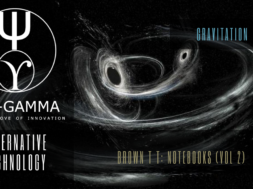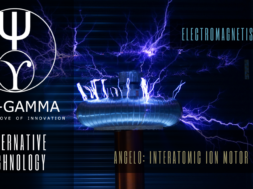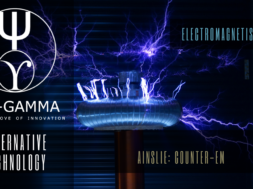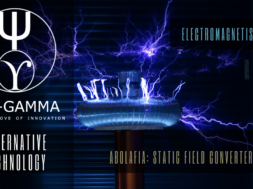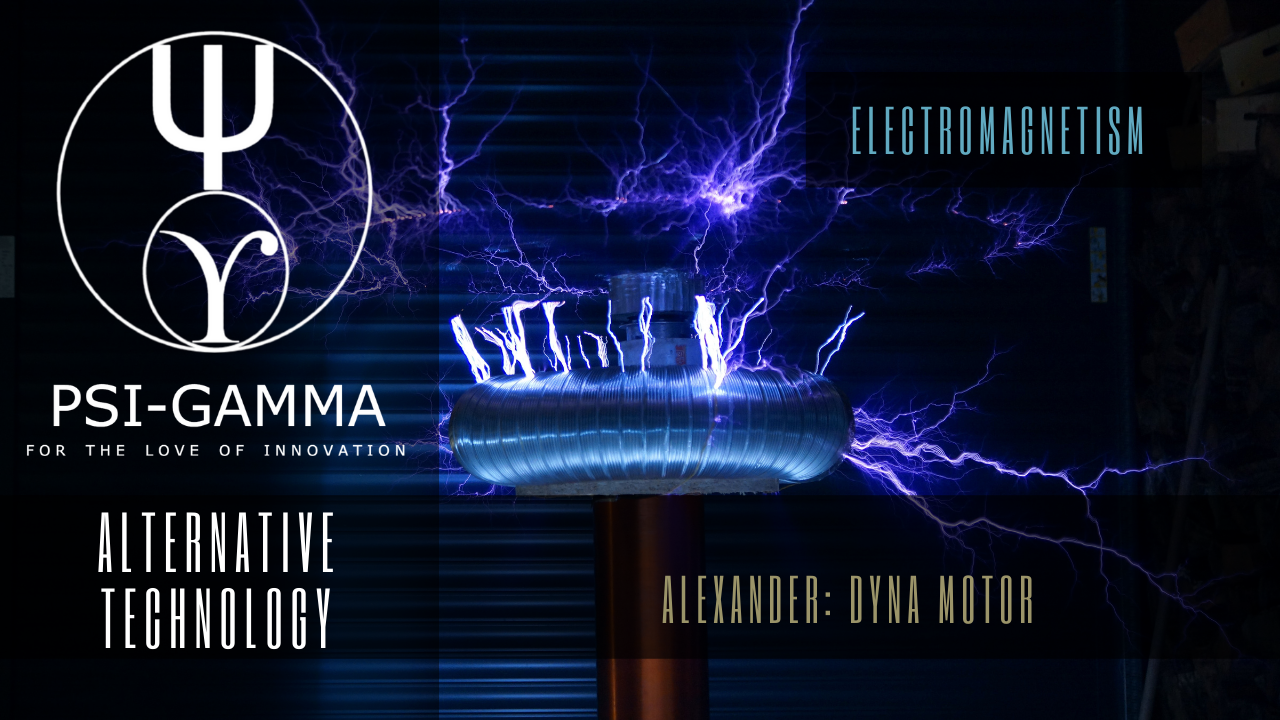
Alexander: Dyna Motor
You’ll never need to drive into a gas station again if Robert Alexander’s fuelless car gets into production.
Alexander has invented an auto-drive system that uses a combination of electricity, air, and hydraulics.
His car can operate without fuel, without noise, without pollution and without the need to recharge batteries every day.
Experts are baffled at how he manages to get energy from “nothing”, but he’s doing it.
TATTLER visited Pasadena, CA for a demonstration ride in a beat-up old VW that ambles along at 36 miles per hour but doesn’t need any fuel.
An engineer and physicist who accompanied TATTLER was amazed. “This isn’t right”, he said, “You can’t be running like this”.
Alexander grinned and put his finger to his lips. “Shhh! Don’t say that so loud — the car doesn’t know it”.
A small 7/8 horsepower electric motor provides the initial power.
“We had to cut the electric motor 24-volt output down to 12 volts for demonstration purposes, because we were getting too much power”, Alexander explained.
Alexander, his two sons, and his partner, James Smith of Montebello, built the fuelless VW in about 45 days, primarily to demonstrate they have the answer to auto pollution and fuel shortage problems.
They held a demonstration at Ambasssador College and invited the press.
They kept their motor under wraps during that first demonstration, but revealed everything exclusively for TATTLER later.
“We don’t need to be so secretive, now that a company in Illinois has contracted to test and develop it”, Smith said.
Here’s how it works, as explained by the inventor.
“The electric motor starts things spinning off the battery, then the hydraulic and air system swings into action to operate the car and recharge the battery with a standard generator-alternator setup”.
The potential of Alexander’s system is unlimited.
“We are now going to build a standard-sized car that operates with this principle and has four air-hydraulic motors — one at each wheel”.
The inventor and his partner are encouraged by the contract they signed.
“I think this is one invention the auto industry won’t get a chance to bury. We’ve got our working model and will soon have another on the streets”.
The real irony of it all lies in the fact that Alexander spent only about $500 to build his drivable model, while just around the corner from his home in Pasadena the CalTech Jet Propulsion Lab spent $600,000 of a $4-million grant and came up with a cumbersome monstrosity that hardly compares with the beat-up VW
The JPL auto engine burns hydrogen and gasoline and gives off water vapor.
It took JPL 3-1/2 years to develop the engine, which is designed primarily to reduce exhaust emissions.
Alexander, a refrigeration expert and inventor of a super air-conditioning unit, as well as an ice-making device, conceived his idea five years ago but couldn’t get any help in financing to build a prototype.
“We did the best we could with what we had”, he told TATTLER. “I just got this old VW for $50 and we just put everything together”.
Smith shook his head and added, “Just think of what Alex could do if we had only a small portion of that grant they wasted on the CalTech project”.
Engineers, however, will question the principle o Alexander’s motor.
“I don’t think I can explain the principle, but air pressure can be built up to do a lot of things. It’s not sophisticated, it’s simple down-to-earth mechanics”, Alexander said.
He added, “Our country has always had so many natural resources, we tended to ignore conservation and efficiency when designing engines. Now, we’ve got to take another look at motor principles”.
Alexander and Smith may not be able to explain how they get energy from nothing, but humans have long been able to do more than they know.
All one needs to do to be a believer is watch the superbug in action.
“We call it Super Power because it uses three types of power toward a simple goal”, Alexander said.
The Theory:
The basic design of this device is a transformer ( flux linkage or acceleration device), used as a generator rotor ( a flux cutting, velocity device ).
The AC output is the simultaneous product of this electromagnetic control field, the rate of change of acceleration with the respect to time, or Control Field (L/T³ = d³1 / dt³ = the third derivative of position.
The single rotor is comprised of a transformer core, subjected to both a primary motor-transformer winding and a secondary transformer-generator winding, with the stator being comprised of magnetic field poles. The MK-5(2) generator uses known control electromagnetic field technology.
Only big oil & your gov’t has kept this out of mass production. They should be ashamed, but are shameless, and we see major cracks now in the heirarchy of mass control .
Here is basic Control Field Dynamics, in theory; http://community.webtv.net/SkyVessel/Control



